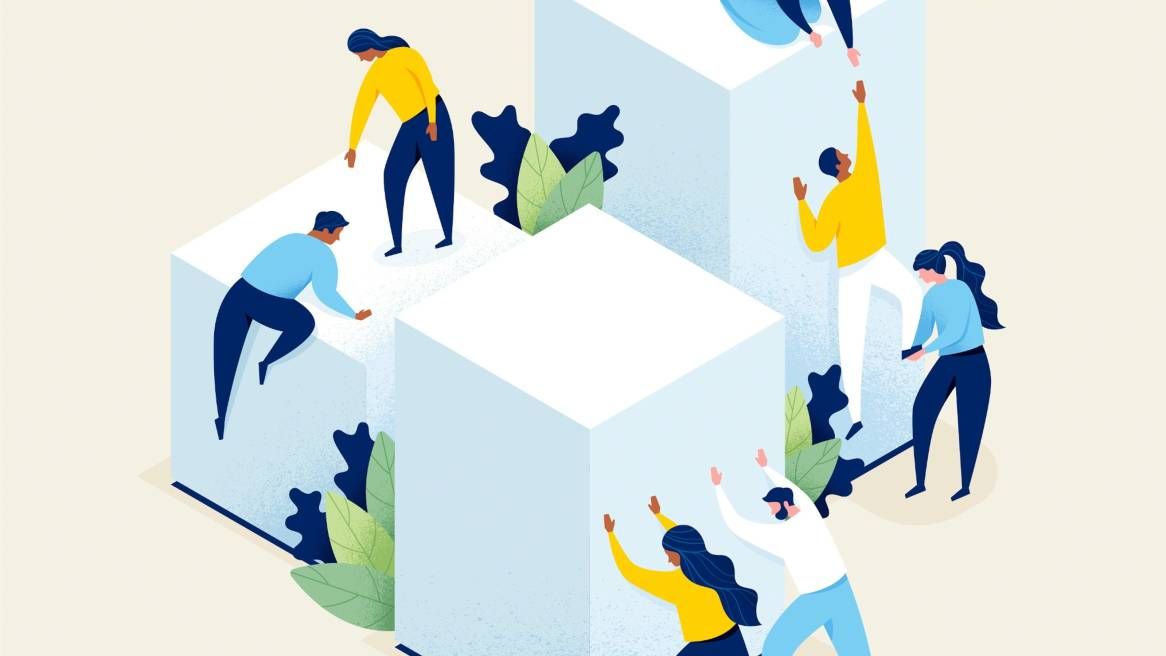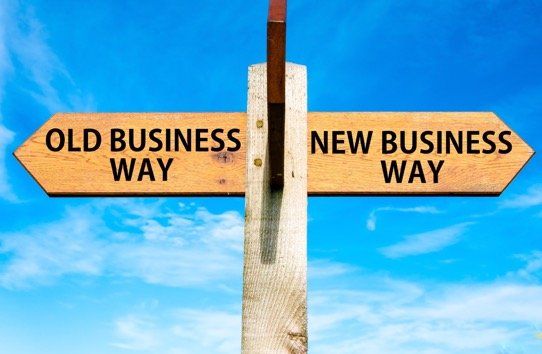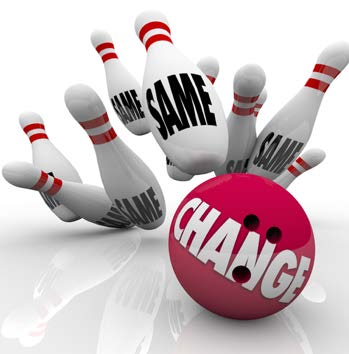We are constantly reminded that organisations are expected to change in ways that would have been unthinkable even a decade ago – and to do so quickly and with minimum disruption. Indeed, many researchers agree that change agility will be a key differentiator between successful and unsuccessful organisations in the future (if not now).
So why haven’t we all embraced change? Our clients tell us that it still takes time and effort to encourage new ways of operating. One reason is that organisations are made up of people and people are neurologically hard wired to consider unplanned or externally imposed change as a threat.
The human brain consumes some 20percent of the body’s energy every single day, just going about our daily business. When something unforeseen happens, the demands on our cognitive processes increase, thus using more neural energy.
Our good friend, neuroscientist Dr Evian Gordon tells us that the brain’s organising principle is safety 1st and only once our physical and psychological safety needs are met does the brain seek reward. We have 5 x more safety circuitry in our brains than reward circuitry. That’s why we are here – our ancestors were able to detect and avoid danger long enough to pass their genes down the line to us.
"As we grow and experience more things, our personal comfort zone or “what we know” expands".
In order for that expansion to continue, we have to experience more things. The Catch-22 in that statement is that while our brains are trying to keep us safe and in familiar processing patterns, we are less inclined to try new things.
The introduction of unexpected change sets up a fast threat response in the limbic region of the brain. There are 3 possible responses to this threat: fight, flight or freeze. In organisations fight is often labelled as change resistance. Flight usually involves looking for a new role and freeze leads to a syndrome called “stay and quit” i.e. the person still shows up at work but becomes ineffective as they worry or ruminate about the changes.
Neuroscience provides us with some tips on how to make change more acceptable.
This threat response is minimised at a personal level through:
1. Verbalise and make sense of the change
2. Use our social connections
3. Seek multiple perspectives
4. Once you have identified the benefits, tap into the brains reward system
Then the day will come when the old “change” become “the way we do things round here”.
Subscribe to our regular articles, insights and thought leadership





